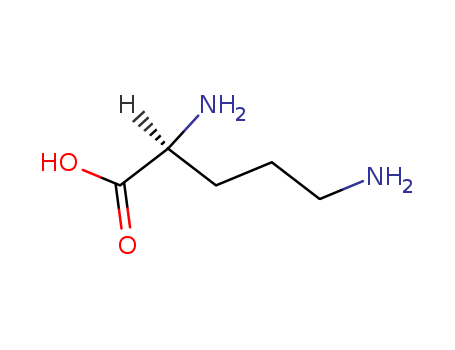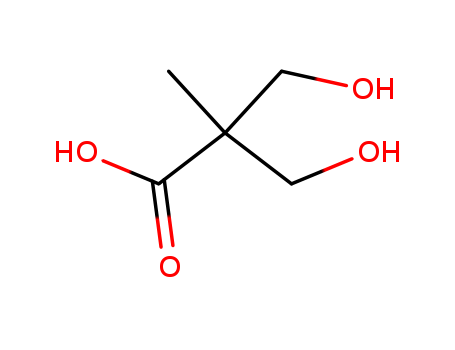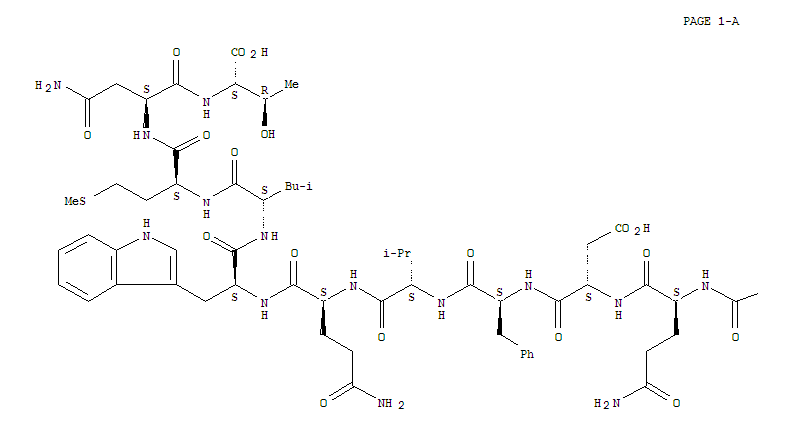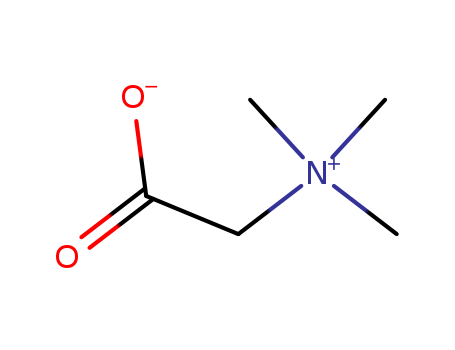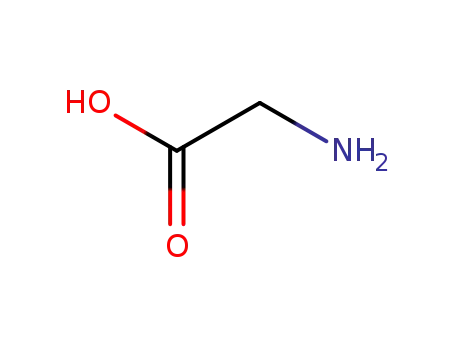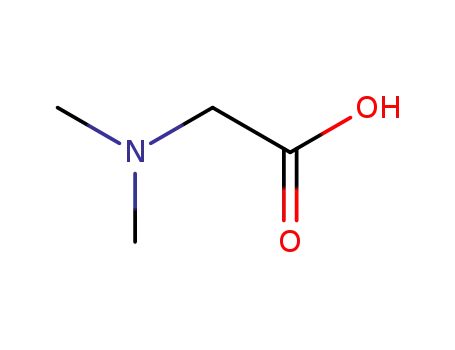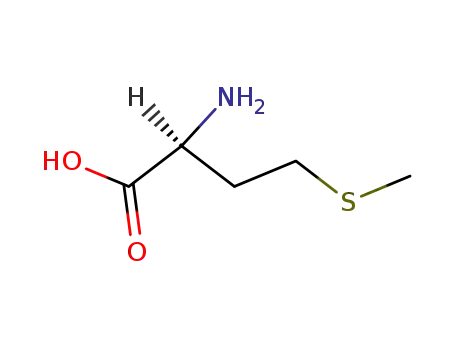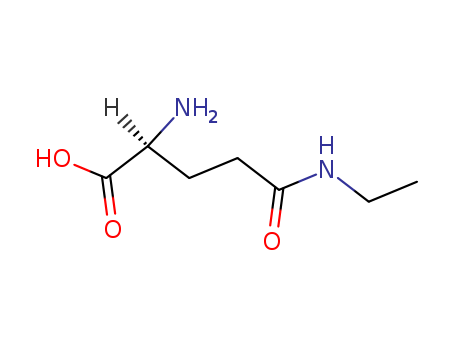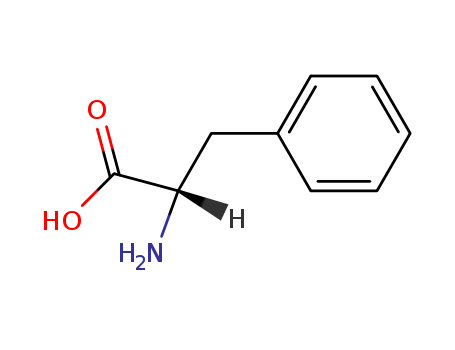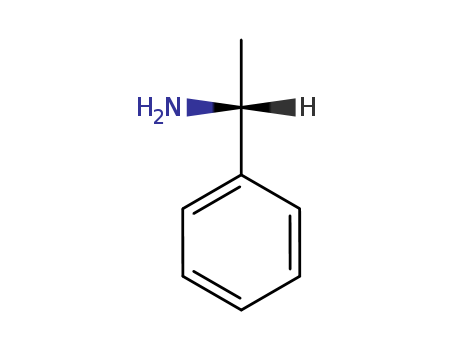A New Microbial Pathway for Organophosphonate Degradation Catalyzed by Two Previously Misannotated Non-Heme-Iron Oxygenases
Rajakovich, Lauren J.,Pandelia, Maria-Eirini,Mitchell, Andrew J.,Chang, Wei-Chen,Zhang, Bo,Boal, Amie K.,Krebs, Carsten,Bollinger, J. Martin
, p. 1627 - 1647 (2019)
The assignment of biochemical functions ...
In vitro visualization of betaine aldehyde synthesis and oxidation using hyperpolarized magnetic resonance spectroscopy
Allouche-Arnon, Hyla,Gamliel, Ayelet,Sosna, Jacob,Gomori, J. Moshe,Katz-Brull, Rachel
, p. 7076 - 7078 (2013)
Real-time monitoring of betaine aldehyde...
Proximate Charge Effects. 5. Enthalpies of Solvent Transfer of Reactants and Transition States in the Saponification of Betaine Ethyl Ester
Haberfield, Paul,Fortier, Daniel
, p. 4554 - 4557 (1983)
The rates and activation enthalpies of t...
Oxygen- and temperature-dependent kinetic isotope effects in choline oxidase: Correlating reversible hydride transfer with environmentally enhanced tunneling
Fant, Fan,Gadda, Giovanni
, p. 17954 - 17961 (2005)
Choline oxidase catalyzes the flavin-lin...
Free-radical polymerization of itaconic acid in the presence of choline salts: Mechanism of persulfate decomposition
Bednarz, Szczepan,B?aszczyk, Alicja,B?azejewska, Diana,Bogda?, Dariusz
, p. 297 - 304 (2015)
Kinetics of decomposition of persulfate ...
A label-free silicon quantum dots-based photoluminescence sensor for ultrasensitive detection of pesticides
Yi, Yinhui,Zhu, Gangbing,Liu, Chang,Huang, Yan,Zhang, Youyu,Li, Haitao,Zhao, Jiangna,Yao, Shouzhuo
, p. 11464 - 11470 (2013)
Sensitive, rapid, and simple detection m...
Tissue metabolomic profiling to reveal the therapeutic mechanism of reduning injection on LPS-induced acute lung injury rats
Xiong, Zhili,Weng, Yanmin,Lang, Lang,Ma, Shuping,Zhao, Longshan,Xiao, Wei,Wang, Yanjuan
, p. 10023 - 10031 (2018/03/23)
Acute lung injury (ALI) is a severe resp...
 English
English 中文
中文
 English
Japanese
Russian
Korean
गोंगेन हें नांव
Deutsch
Corsu
Guarani
Hausa
Cymraeg
Nederlands
Aymara
Français
Kreyòl ayisyen
čeština
ʻŌlelo Hawaiʻi
डोग्रिड ने दी
ภาษาไทย
հայերեն
فارسی
Hmoob
ދިވެހި
भोजपुरी
繁體中文
Türkçe
हिंदी
беларускі
български
tur
Gaeilge
ગુજરાતી
Magyar
Eesti keel
بالعربية
বাংলা
Azərbaycan
Português
Suid-Afrikaanse Dutch taal
کوردی-سۆرانی
Ελληνικά
español
Frysk
dansk
አማርኛ
Bamanankan
euskara
Italiano
Tiếng Việt
অসমীয়া
català
Suomalainen
Eʋegbe
Hrvatski
Cebuano
Gàidhlig na h-Alba
bosanski
galego
English
Japanese
Russian
Korean
गोंगेन हें नांव
Deutsch
Corsu
Guarani
Hausa
Cymraeg
Nederlands
Aymara
Français
Kreyòl ayisyen
čeština
ʻŌlelo Hawaiʻi
डोग्रिड ने दी
ภาษาไทย
հայերեն
فارسی
Hmoob
ދިވެހި
भोजपुरी
繁體中文
Türkçe
हिंदी
беларускі
български
tur
Gaeilge
ગુજરાતી
Magyar
Eesti keel
بالعربية
বাংলা
Azərbaycan
Português
Suid-Afrikaanse Dutch taal
کوردی-سۆرانی
Ελληνικά
español
Frysk
dansk
አማርኛ
Bamanankan
euskara
Italiano
Tiếng Việt
অসমীয়া
català
Suomalainen
Eʋegbe
Hrvatski
Cebuano
Gàidhlig na h-Alba
bosanski
galego

